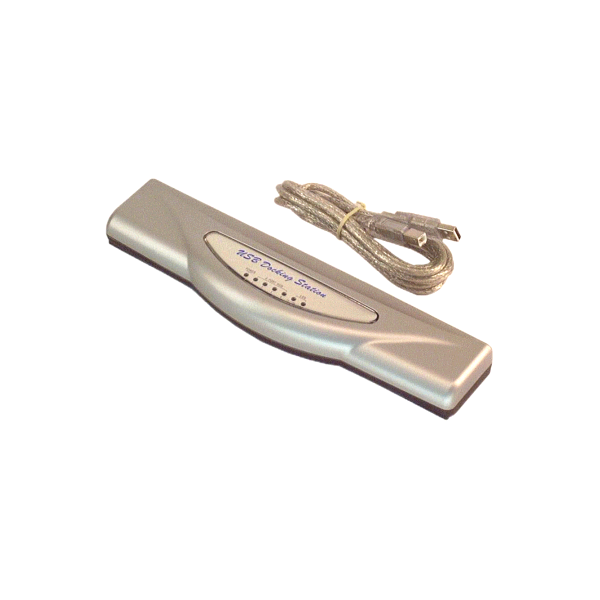Description
Introduction The Docking Station is a unique expansion unit specially designed to complement the Notebook Computer to a desktop equivalent. It provides a couple of the connectivity capacities found in desktop systems. The USB docking station allows you to add four USB devices to your PC. You also can add additional hubs and devices up to total 127 devices. No complex installation, confusing cables and plugs or IRQ’s (Interrupt request) to worry about. You can plug and play your peripherals and no re-booting your PC. Works with MAC, WIN95, WIN98 and WIN2000.
Features
|
 |
Special Note: USB Drivers come with the operating system and have to be loaded when the computer boots up. As a result, no USB devices can be used until after boot up. It is not possible to boot from an external CD-ROM or hard drive connected through a USB port. Also, if booting up requires a keystroke, the keyboard connected through a USB port would not work for this. A keyboard would need to be connected to the regular keyboard port for this. USB Notes:
- USB peripherals can connect either to a computer’s port or to a hub.
- If the computer doesn’t have enough ports for all the peripherals, a hub is necessary.
- Maximum length on individual cables is 5 Meters.
- No terminators are needed on this bus.
- The A (flat) type port would be considered the “out” port on a computer or hub.
- The B (square) type port would be considered an “in” port on hubs or peripherals.
- A typical USB “out” (Type-A) port can provide up to 500mA.
- The speed is 12 Megabytes per second for USB 1.1 or 480 Megabytes per second for USB 2.0, the maximum number of peripherals to a controller is 63 (hubs needed when the computer runs out of ports).






